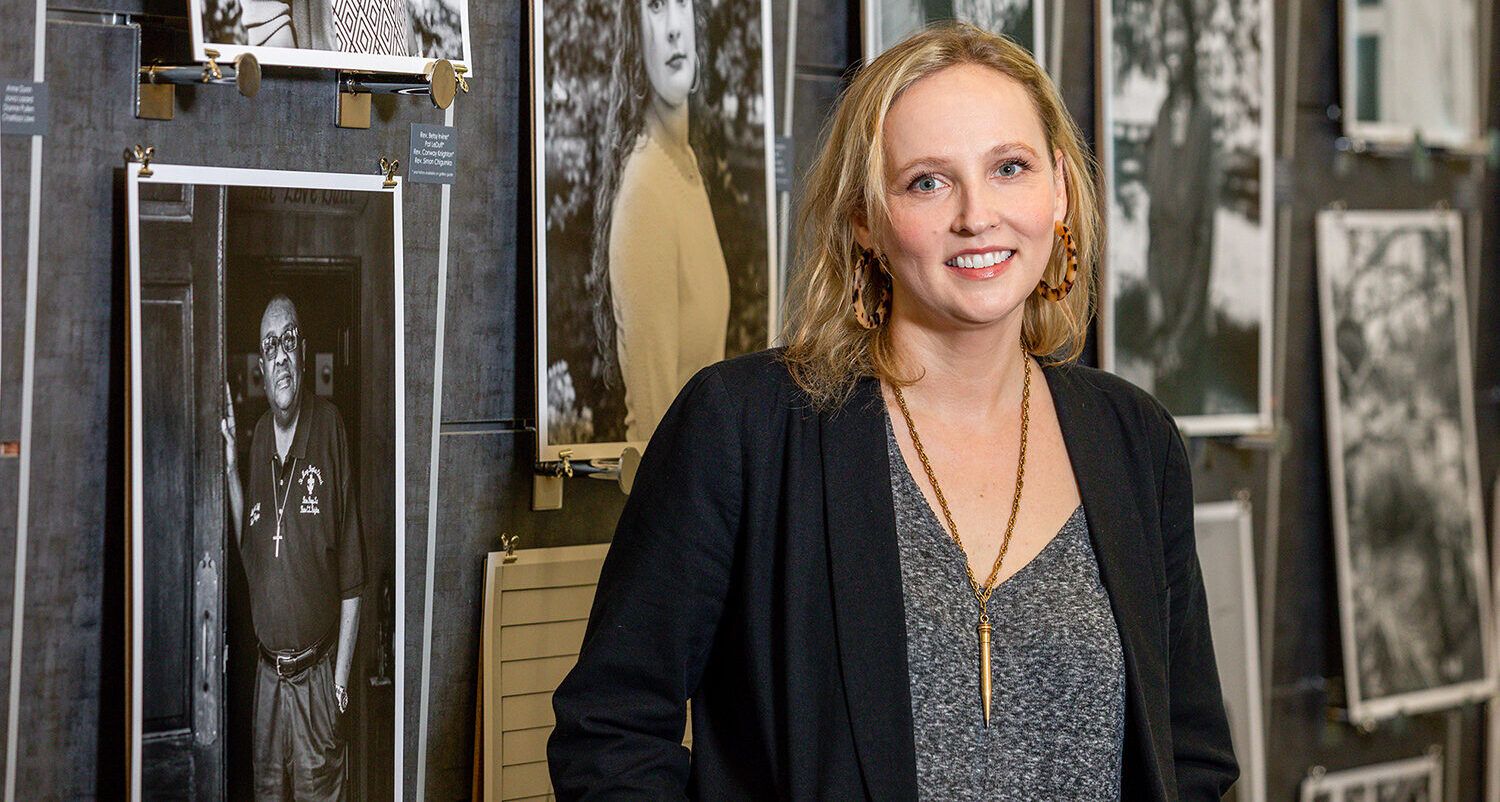The Creatives: Photographer Lily Brooks
Lily Brooks
Hometown: York, Maine
Age: 40
Artistry: Photography
Online: lilybrooks.net, towardalargerfreedom.com
Not a soul would be at the pawn shop on Sundays. Except for Lily Brooks. Standing out front alone, a crest of blond hair and lithe fingers cradling her camera and baking in the Austin sun.
While earning her MFA from the University of Texas, Brooks was obsessed with pawn shops and predatory loan joints, depicting their exteriors like Walker Evans might have in the 1930s.
But was this fascination personal or plastic? Curious about the power structures and financial dependency on display, why couldn’t she walk inside?
To solve these questions, she looked inward. After her divorce, she decided to pawn her wedding ring and record the transaction with the pawn shop clerk. She meticulously photographed and printed to true-life scale every object from the relationship.
For the first time, she put herself and her work in a vulnerable place—emotionally and thematically.
As an instructor at Southeastern, Brooks leads her students on a similar journey toward their own artistic expressions.
“Picking up a camera made me feel powerful and like I’d be allowed to see and experience things I wouldn’t otherwise,” Brooks says of growing up. “I wanted to go places. I wanted to photograph [R.E.M. singer] Michael Stipe.”
Now she and her partner, photographer Jeremiah Ariaz, host live concerts in their Mid City backyard, and she’s just completed her most quietly stunning black-and-white study of impactful, but lesser-known faces. “Usually, I’m looking for a little break in the pose, where I can sense they are relaxed and open and connected,” she says.
Coupled with oral histories gathered by her collaborators, Brooks’ collection of more than 100 images forms the centerpiece of Toward a Larger Freedom, an exhibit spotlighting stories from various members of the bipartisan nonprofit Together Baton Rouge.
“Our histories have been written by those in power, and the marginalized were voiceless,” Brooks says. “So this project feels like it is upending that system.”
This summer, she will finish a book of her decades-long series We Have to Count the Clouds, a vast and arresting meditation on climatological artifacts and the impact that weather and climate change have on the landscape and the human body.
“I tell my students, ‘Identify the things you care about that are outside yourself, and be an expert of your own lived experience,’” Brooks says. “Basically, tell your own story—or else you’ll be bored.”












